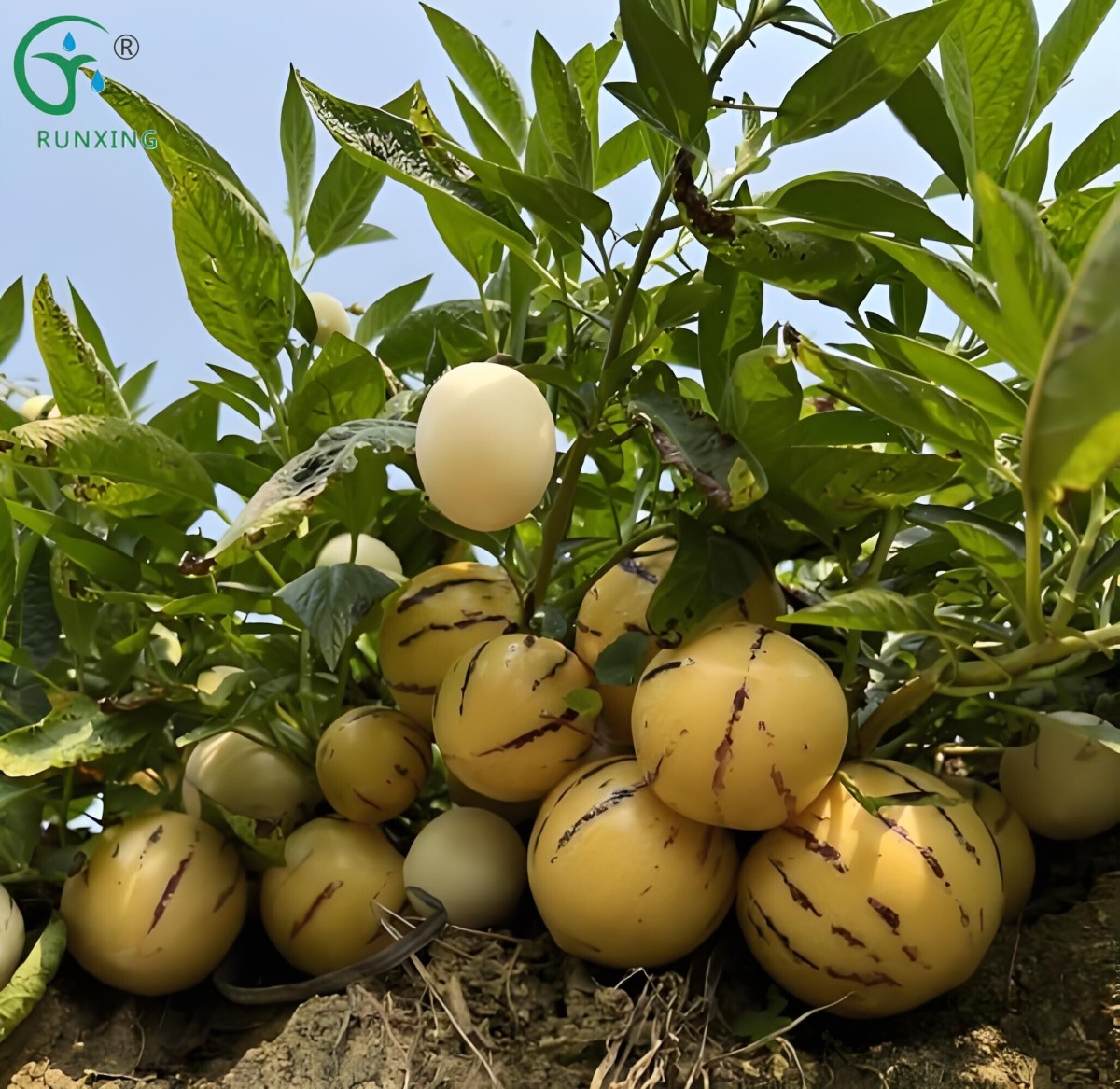Colombian Ginseng Fruit Cultivation and the Necessity of Drip Irrigation Systems
In the climatic conditions of Colombia, the cultivation of ginseng fruit necessitates meticulous water management. Among various irrigation methods, drip irrigation systems stand out as an efficient and water-saving option, crucial for the growth of ginseng fruit. Below, we delve into the application of drip irrigation systems in ginseng fruit cultivation and related cultivation tips.

I. Is Drip Irrigation Necessary for Ginseng Fruit Cultivation?
The answer is yes. Ginseng fruit is a semi-drought-tolerant plant with specific water requirements, particularly during its growth, flowering, and fruit enlargement stages. Adequate and uniform water supply is vital. Drip irrigation systems enable precise irrigation, preventing water wastage and reducing the incidence of pests and diseases, thereby enhancing the yield and quality of ginseng fruit.
II. What Drip Irrigation Equipment is Required?
Drip irrigation equipment primarily includes drippers, drip tapes, drip lines, and fertilization devices. Among them, drip tapes are widely favored due to their affordable price and ease of use. Drip tapes come in various types such as continuous patch, side-seam, double-wall, and inner-embedded chip, with the choice depending on planting density, soil conditions, and irrigation needs.
III. How to Lay Out and Install Drip Irrigation Equipment?
The installation of drip irrigation equipment follows these steps:
Digging Trenches: Based on the terrain and soil conditions of the planting area, dig appropriate-depth trenches for laying pipes.
Installing Pipes: Lay the main and branch pipes in the trenches, ensuring tight connections to prevent leaks.
Installing Drip Tapes: Lay drip tapes along the roots of the plants, fixing them with special clips to ensure that the outlets face upwards for uniform irrigation.
Installing Pressurization Equipment: Pressurization equipment serves as the power source for drip irrigation systems. Select an appropriate pump based on the irrigation area and lift.
System Debugging: After installation, conduct system debugging to ensure that all components operate normally and the irrigation effect is satisfactory.

IV. How Much Water is Needed and How to Control It?
The irrigation water requirement for ginseng fruit is influenced by multiple factors such as climate, soil type, and planting density. Generally, drip irrigation systems can precisely control water usage according to the actual needs of the crop. In Colombia, it is recommended to develop a reasonable irrigation schedule based on soil moisture monitoring results, combined with the growth cycle and stages of ginseng fruit. Typically, each irrigation volume should be controlled within 60%-80% of the soil's maximum water holding capacity to avoid excessive irrigation that could lead to oxygen deprivation in the roots.
V. How to Better Cultivate Ginseng Fruit?
Select Quality Varieties: Choosing varieties with strong growth potential, stress resistance, and high fruit-setting rates is crucial for increasing ginseng fruit yield.
Reasonable Planting Density: Determine the planting density based on the climatic conditions and soil fertility of the planting area to avoid overcrowding or underplanting that affects ventilation and light penetration.
Scientific Fertilization: Adopting water-fertilizer integration through drip irrigation systems can meet crop nutrient needs while reducing nutrient loss. Develop a reasonable fertilization plan based on soil test results and the growth stages of ginseng fruit.
Plant Adjustment: Ginseng fruit has strong branching ability, so regular pruning and training are necessary to maintain good ventilation and light penetration, promoting bud differentiation and flowering.
Pest and Disease Control: Strengthen field management, promptly detect and control pests and diseases to ensure healthy growth of ginseng fruit.
VI. Cultivation Tips
Mulching: Mulching can insulate and moisturize the soil, improve soil fertility, and promote root growth. It also suppresses weed growth and reduces the occurrence of pests and diseases.
Reasonable Irrigation: Although drip irrigation systems enable precise irrigation, attention should be paid to irrigation frequency and volume to avoid root damage due to excessive irrigation. During the flowering and fruit enlargement stages, irrigation volume should be appropriately increased to ensure adequate water supply for the crop.
Foliar Fertilization: During the growth period of ginseng fruit, foliar fertilization can supplement trace elements and nutrients required by the crop, promoting robust plant growth.
Temperature Management: Ginseng fruit prefers warmth but is sensitive to high temperatures. Adjust the temperature inside greenhouses based on seasonal changes and weather conditions to ensure optimal growth conditions for the crop.

In summary, drip irrigation systems play a crucial role in Colombian ginseng fruit cultivation. By selecting appropriate drip irrigation equipment, scientifically laying out and installing the system, precisely controlling water usage, and adopting scientific cultivation techniques and management measures, the yield and quality of ginseng fruit can be significantly improved.
If you have any needs, please contact us.
About Us
We are dedicated to offering innovative, water-saving, and labor-saving irrigation solutions for agriculture worldwide. Our focus on quality and continuous innovation drives the development and progress of the industr
LOGO
This stunning beach house property is a true oasis, nestled in a serene coastal community with direct access to the beach.
Opening Hours
Monday - Friday : 9AM to 5PM
Sunday: Closed
Closed during holidays
Contact
+18888888888
hezuo@eyingbao.com123 West Street, Melbourne Victoria 3000 Australia
